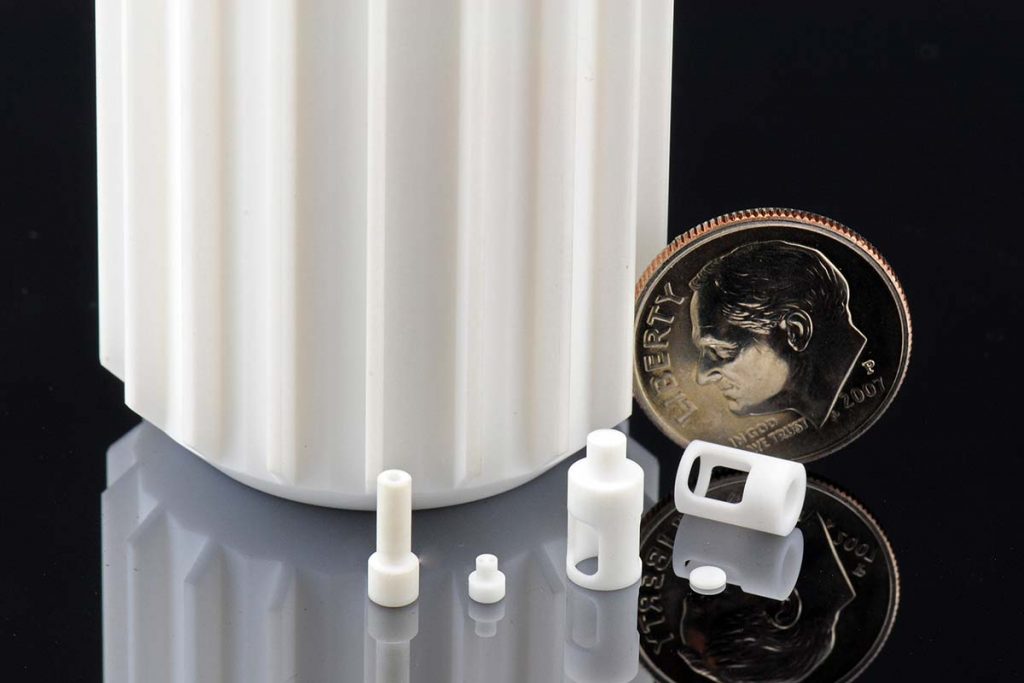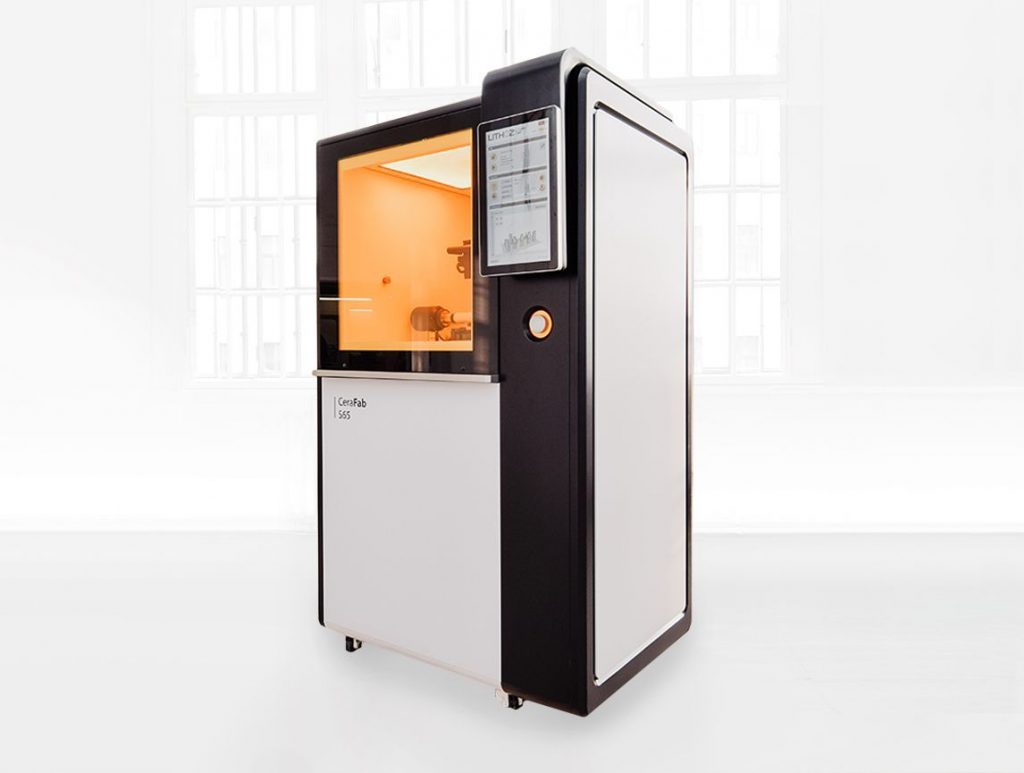Post Time:Oct 12,2019Classify:Company NewsView:1206
Austrian ceramic 3D printing specialist Lithoz and American multinational specialty materials company Corning have been working together to expand the capabilities of their respective technologies.
Lithoz’s proprietary Lithography-based Ceramic Manufacturing (LCM) technique was recently used to 3D print Corning glass ceramic materials for the first time. The successful experiment has now yielded a new potential material for Lithoz’s ceramic 3D printing range, in turn opening up new applications for a tough, biocompatible, superconductor.
Corning glass ceramics
Combining the best properties of their base components, glass ceramicsare easy to fabricate, but also have superior mechanical toughness to the precursor glass, high resistance to radiation and chemical damage, piezoelectricity and electro-optic effects. Originating in the 1950s, glass ceramics are commercially used to make housings for radar antennas, dental implants, electric cooktops, and other thermal kitchenware.
Corning is an inventor of glass ceramic materials, presently offering them through three different brands:
– Machinable MACOR®,
– RF transparent PYROCERAM® Glass Code 9606, that also possesses high strength and thermal conductivity with a low dialectric constant and,
– Corning Glass Ceramic with a low coefficient of thermal expansion (CTE) for better thermal shock resistance.

Lithography-based Ceramic Manufacturing
Lithoz LCM 3D printing technology was developed at Vienna University of Technology (TU Wien) in 2006. It works using a photocurable material dispersed with ceramic particles. Following layer-by-layer polymerization, the green parts are removed from the 3D printer, post processed to then sintered to form solid ceramic parts.
This same process was followed by the partners to produce 3D printed parts in Corning glass ceramic. A slurry made from Corning’s powder was mixed with Lithoz resin. It was 3D printed, sintered and then annealed. “The result,” reports the company, “was the achievement of complex, high resolution glass ceramic pieces meeting Corning’s property specs,” which includes a fired density of 2.69 – 2.7 g/cm3, biaxial flexure strength of 152 – 172 MPa, and thermal conductivity (at 25°C) of 2.25 W/m·K.
LCM technology is currently available from Lithoz through four commercial machines, including the newly released CeraFab System S65. A range of systems, and material portfolio, will be exhibited at Formnext 2019, hall 11.1, stand D32.

For 3D Printing Industry’s leading coverage of Formnext 2019 and other industry events subscribe to the 3D Printing Industry newsletter, follow us on Twitter and like us on Facebook. Seeking jobs in engineering? Make your profile on 3D Printing Jobs, or advertise to find experts in your area.
Featured image shows a sample of Lithoz LCM 3D printed ceramic. Photo via Lithoz
Source: https://3dprintingindustry.com/Author: shangyi